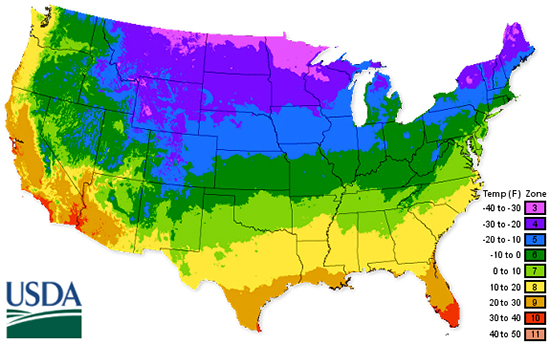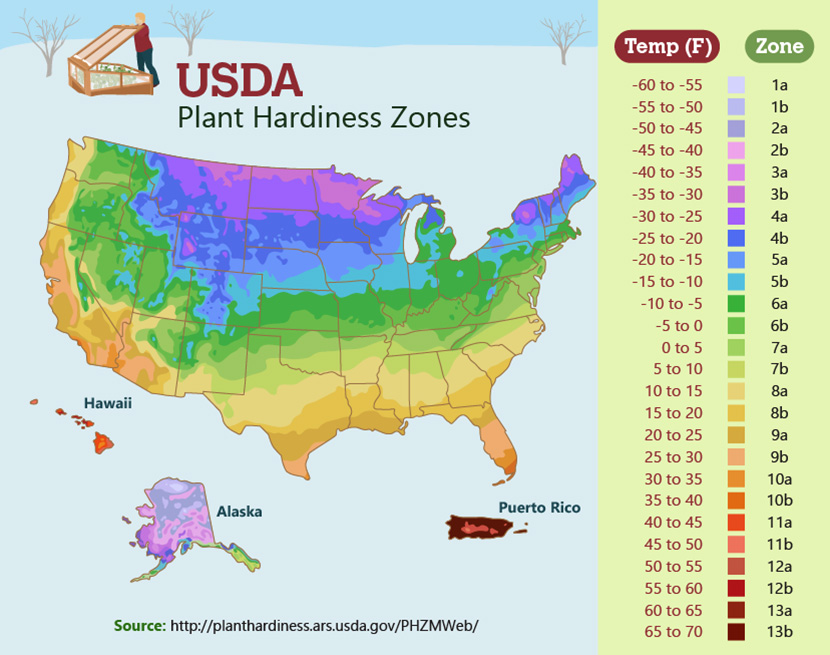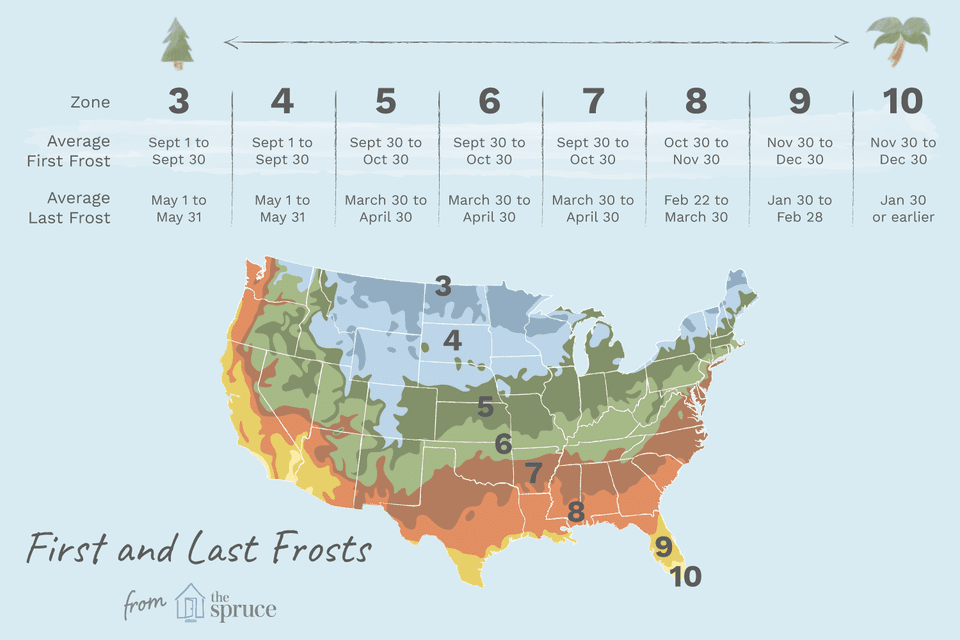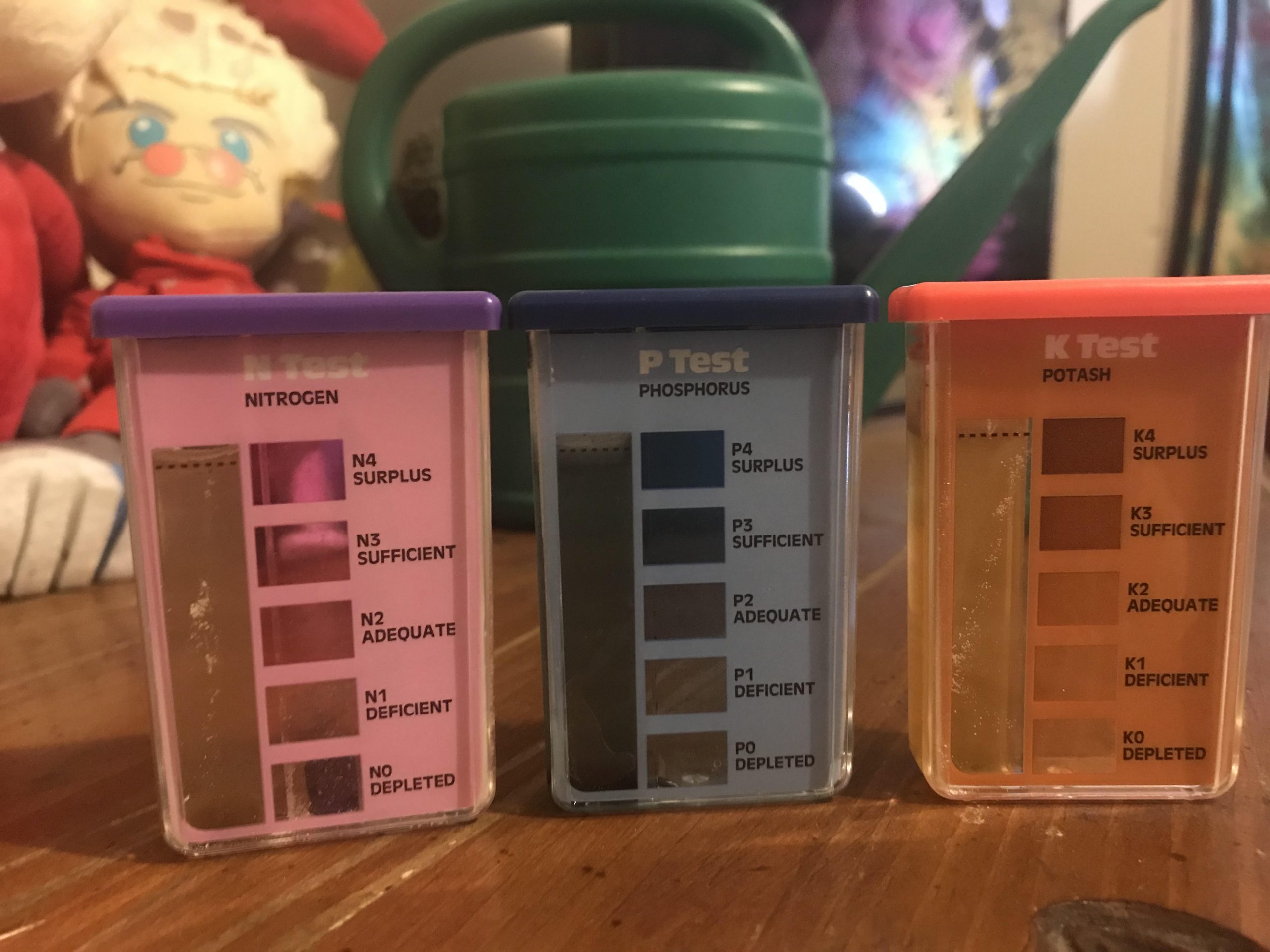
Whose Zone is it Anyway? A Breakdown of Plant Hardiness Zones, Frost Dates, and Soil pH
So you’ve caught the gardening bug now you’re running to your local garden store. But before you start buying every plant under the sun, there’s three things you must consider: your area’s hardiness zone, frost dates, and testing the acidity of your soil.
Let’s start off with hardiness zone. The United States Department of Agriculture (USDA) created a map of all the different climate zones in America. The number of zones range from 1-11, 1 being the coldest and 11 being the most hot and arid. Since I live Los Angeles, my zone is somewhere between 10a-11a. That means the plants I choose must be able to thrive in between those zones. If I choose plants that normally grow outside of those zones, more than likely they will have a hard time growing or they will have a relatively short blooming season. Mind you this is not an exact science, you can still try to grow plants that don’t typically thrive in your area’s zone and they’ll be fine. It’s just good, general information to know what plants are best suited to your type of climate for optimum growth. Here is a map of zones in the US:

Next thing to know is your area’s frost date. You’ll see this term on every seed packet you get or if you’re looking up on how to grow certain plants online. This term was always elusive to me because I took it too literal. If I live in SoCal, why would I need to be concerned about frost? So I was always disregarded that information as something only people living in Montana should worry about. Little did I know that every climate has frost dates. The only place in the continental US that doesn’t have a frost season is the southern most tip of Florida. It should be common knowledge that plants get their energy from the sun, and the colder it is the less likely seeds will sprout. Planting seeds after last frost date essentially means that there is virtually no chance that conditions will be too cold that would prevent seeds from germination. You want to know when the first frost typically starts in your region and when it ends. Southern California has a frost season that starts around December and ends by January. As you can guess, regions in the mid-west and northeast have longer frost seasons than the southern or western regions. Again, this is not an exact science and it’s not something you need to be super attentive about, but it gives you a better sense of the seasonality of your region. Here is a chart of all the general frost dates:

So now that you’ve got that information, but you should also consider something else: what the acidity of your soil is. You’d want to know the acidity, or pH level, because it affects the way plants acquire their nutrients. It’s especially important to know if your deciding to plant in ground. Most plants thrive on slightly acidic soil, between the 5.5-7.0 range. If you get bagged potting soil, that will typically be slightly acidic. But you if plan on planting in ground or are getting topsoil, than it’s worth testing the pH levels before you plant. You can buy inexpensive soil testing kit from most gardening stores. There are some at-home pH testing tricks like dropping your soil into some baking soda, but I suggest to buy the test kits to get more accurate results. If you find your soil is slightly alkaline (above 7.0), most plants will still do fine in those growing conditions. The downside with alkaline soil is that it doesn’t host of a lot of those beneficial microbes and isn’t able to hold key nutrients such as iron and phosphorus, which can result in stunted growth for some plants. If you want to lower the pH of the soil (make it more acidic), you can add some compost or peat moss to it. If the soil is too acidic (below 5.5), then you can add agricultural lime to raise the pH. It should be applied prior to planting and be tilled through the soil to fully incorporate the lime. These methods don’t have an immediate effect and take time, so test the soil periodically to where the pH is at.

This information may not seem terribly important, but it will help you in the long run. Getting plants for the right climate, season, and soil will increase the likelihood of optimum growth and the less likely you will be deterred from wanting to continue to grow your own food. It will always be trial-and-error, but I believe for any skill it’s good to have those fundamentals to fall back on.

2 Comments
Danny
So informative!! This is the info that I’m looking for. Nicely done. Thank you.
Kirven Talone
You tackled some issues I have always wondered about. For example, I didn’t know it was easy to test my own soil. Thanks for the heads up! Great explanation about the zones and using the info the right way. I hope my newly planted veggies will make it through the wet florida summer! Thanks for the nice blog! I will keep following!